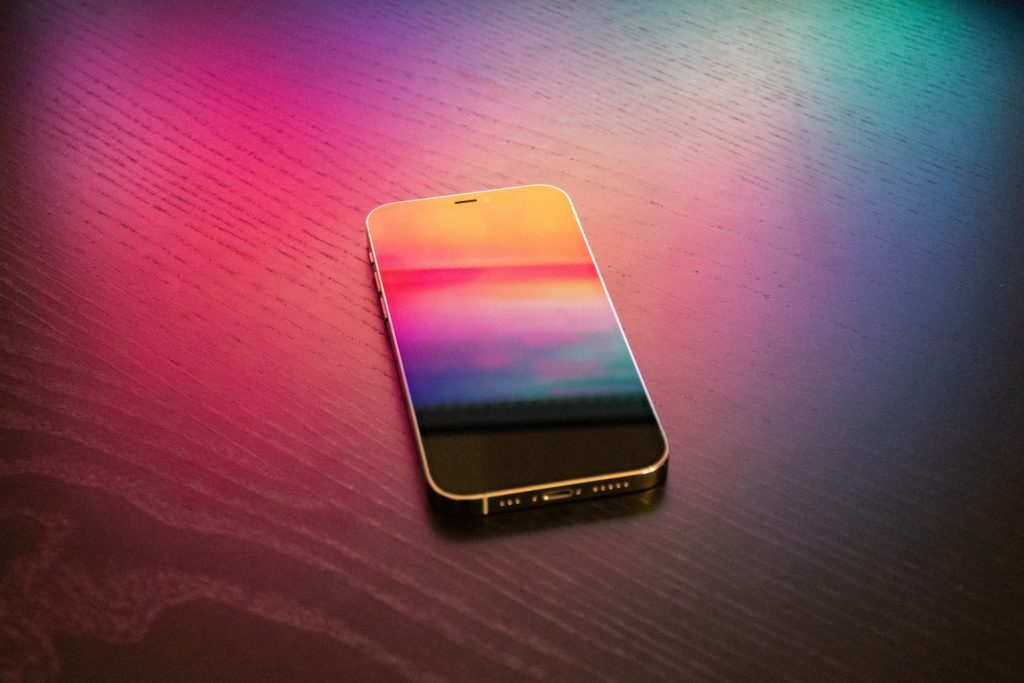This market research report was originally published at the Yole Group’s website. It is reprinted here with the permission of the Yole Group.
In 2022, Apple sold around 230 million iPhones, representing about 19% of all smartphone shipments worldwide. Each iPhone launch causes huge excitement as the consumer world wonders if and how the leading smartphones manufacturer has broken new ground on the key components including processor, camera, RF electronics function, etc., a technological tale worth retelling.
Yole SystemPlus, part of Yole Group, disassembles, scrutinizes, and analyzes each device and compares it with competitive products. The reverse engineering and costing company is following the same path with Apple’s innovative products and other brand models, providing a unique, complete, and precise view of the evolution of the iPhone.
From the release of the iPhone 6S Plus eight years ago to the iPhone 14 Pro Max, Yole SystemPlus’ analysts point out Apple’s latest technological achievement: 2022 – 2023.
These chronicles are based on Yole SystemPlus latest analyses.
The Brain
With its central function, the processor is the focus of OEMs looking for more power in a smaller size. A wider range of functionalities and better performance are achieved with each iPhone model by integrating increasingly powerful SoCs (System-On-Chip). With already impressive 7 nm FinFETs (Fin-shaped Field-Effect Transistor) for the A13 and A12Z SoCs, followed by 5 nm FinFETs for the A14 and A15, a new threshold has been crossed with a 4 nm technology node in the A16 SoC operating in the iPhone 14 Pro Max. To achieve such an evolution in all versions of the iPhone, Apple relies on TSMC, its long-term partner, which has become the leader in FinFET by making significant progress, particularly on etch fineness, on a technology initially developed by Intel. Up to 16 billion transistors can be integrated into the A16 chip, enabling increased processing power in a footprint fairly similar to previous generations.
In addition to a complete cost analysis, Yole SystemPlus’s report ‘Apple A16 Bionic System-on-Chip’ details the front-end construction with TSMC’s 4 nm process completed by a back-end construction analysis showing the chip’s integration into the package.

The Eyes
Seen both as a means of communication and as a camera, smartphones offer increasingly powerful and high-quality imaging systems, approaching the image quality obtained with conventional cameras.
Considering the iPhone series, it is interesting to see that the number of cameras has not increased since the 11 Pro Max and remains at six in the iPhone 14 Pro Max. The major technological leap is the resolution of the rear main camera module, which reaches 48.8 MP – four times the resolution of the previous model – in a space almost as limited as before. This was made possible by integrating more and smaller pixels combined with a smaller technology node.
Another significant change is revealed when looking at the front RGB camera module cross sections: a sixth lens strengthens the optical architecture, and both a sensor-shift OIS (Optical Image Stabilization) and an autofocus driver have been integrated to mechanically improve the image resolution of the iPhone 14 Pro Max camera module. The sensor-shift OIS retained from the iPhone 12 Pro Max to the iPhone 14 Pro Max is evolving towards a second generation based on a dual AF/OIS driver configuration.
With the objective of enlarging the screen to the total size of the phone, Apple initially reduced the notch in the iPhone 13 Pro Max by integrating the dot projector and NIR camera into a single module. Then, from evolution to revolution, a further important step was taken in the iPhone 14 Pro Max by placing an OLED transmissive InP-based proximity sensor under the screen for the first time, reducing the notch to a smaller pill shape hole.
Yole SystemPlus provides detailed physical analyses and costing studies in its new camera module comparison report (‘Smartphone Camera Module & CIS Comparison 2023 Vol.1 – iPhone Evolution’) in which the iPhone 14 Pro Max is added to an already extensive list which includes the iPhone 6S Plus, 7 Plus, 8 Plus, X, XS Max, 11 Pro Max, 12 Pro Max, and 13 Pro Max.

The Voice
Usually focused on 5G, the new RF function that caught the attention of Yole SystemPlus is the SatCom antenna recently integrated into the latest versions of Huawei and Apple smartphones. Huawei came first with the launch of its Mate 50 Pro in August 2022, followed by Apple and its iPhone 14 Pro Max two months later. With this new function, both OEMs seek to innovate with Emergency Satellite Communications (ESC), providing communications capacity in “dead zones.” In order to offer a satellite connection on their phones, they each had to partner with a firm that has a satellite constellation, Beidu for Huawei and GlobalStar for Apple.
Yole SystemPlus’s report ‘RF front-end module comparison 2023 – SatCom in Huawei and Apple’ analyzes these two solutions and compares them at the chipset, technology, process, and cost levels to highlight the differences and similarities between both designs.

In addition to the reports quoted above, a complete set of Apple iPhone analyses is available to provide a comprehensive view of Apple’s advanced technology, supply chain, and costs related to advanced packaging, RF electronics, sensing, imaging and much more technologies.
Yole SystemPlus and its partner Yole Intelligence’s teams invite you to follow the semiconductor industry and the evolution of the technology on www.yolegroup.com.
Stay tuned!
Elena Barbarini
Director, Semiconductor Devices Department, Yole SystemPlus (part of the Yole Group)


